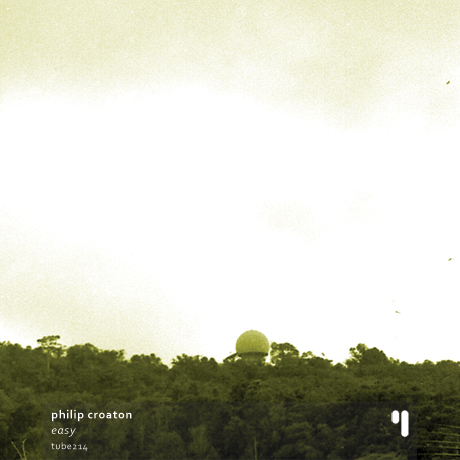 Strutture abbandonate sono quelle che vengono alla mente ascoltando questa release per Test Tube di Philip Croaton, russo, così come viene in mente Tarkovsky.
Strutture abbandonate sono quelle che vengono alla mente ascoltando questa release per Test Tube di Philip Croaton, russo, così come viene in mente Tarkovsky.
Vengono anche in mente le strutture musicali abbandonate, come è tipico di molta musica di questo tipo.
In effetti, non è che l’ambient mi dispiaccia. All’ascolto è godibile. Ma poi rimango sempre a bocca asciutta per l’assenza di qualsiasi sviluppo. Musicalmente viene stabilita un’atmosfera che poi non cambia mai. È come se uno mi raccontasse una storia in cui non succede nulla.
Solo in pochissimi casi si riesce a raccontare in modo interessante una storia in cui non accade nulla e di solito è perché, ad una lettura più attenta, si scopre che in realtà accadono molte cose. Un esempio letterario: Rumore Bianco di Don Delillo. Un esempio musicale: il primo brano di Music for Airport che procede sempre con lo stesso mood, ma almeno il gioco della sovrapposizione delle parti temporalmente sfasate è motivo di interesse.
Ora, prendo atto che quella della continuità e del non sviluppo è proprio la poetica dell’ambient, però ci sono molte cose che mi lasciano perplesso. La più inquietante è che una musica come questa potrebbe benissimo essere generata direttamente da un computer. Non avrei problemi a scrivere un software che produca automaticamente gran parte dell’ambient che sento in giro.
Naturalmente, poi, non inventerebbe niente. Semplicemente ogni brano continuerebbe così, in un continuum armonicamente definito dai dati di partenza. Con un piccolo sforzo di programmazione, potrebbe anche cambiare e introdurre altri eventi, secondo regole che, dopo un po’, diventerebbero alquanto prevedibili per un ascoltatore attento, ma è questo quello che vogliamo?
Eppure questa è la filosofia dell’ambient. Come scrisse Eric Satie nei “Quaderni di un mammifero“:
Bisognerebbe comporre una musica d’arredamento, che conglobasse i rumori dell’ambiente in cui viene diffusa, che ne tenesse conto. Dovrebbe essere melodiosa, in maniera da addolcire il suono metallico di coltelli e forchette, senza troppo imporsi, senza volervisi sovrapporre. Riempirebbe i silenzi, a volte pesanti, fra i commensali. Risparmierebbe il solito scambio di banalità. Neutralizzerebbe, nello stesso tempo, i suoni della strada che penetrano, indiscreti, all’interno.
Ottima idea. Perfino piacevole. Ma adesso abbiamo visto come funziona. Passiamo ad altro, per favore.
Per finire, non ce l’ho con il disco di Croaton (liberamente scaricabile qui e di cui potete assaggiare degli estratti qui sotto), che è un gradevole massaggio con un fondo di malinconia. Ce l’ho con la moltitudine.
Estratti:

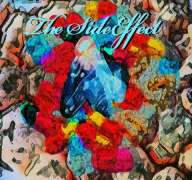 The Side Effect is a swedish trio composed by Dan Pålsson
The Side Effect is a swedish trio composed by Dan Pålsson 
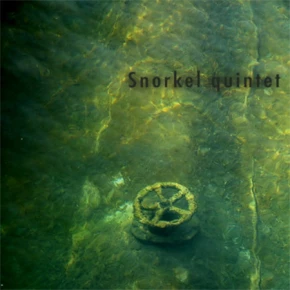 The
The 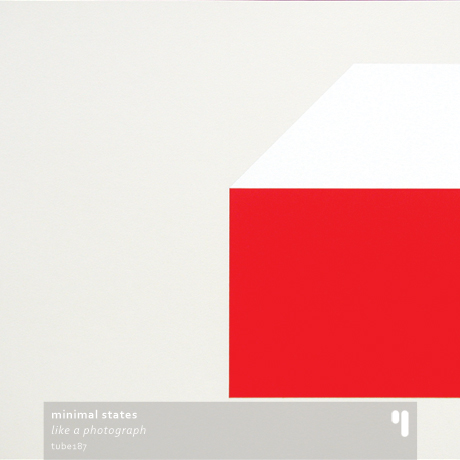
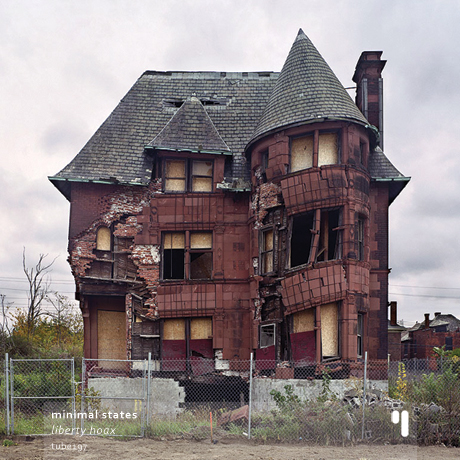
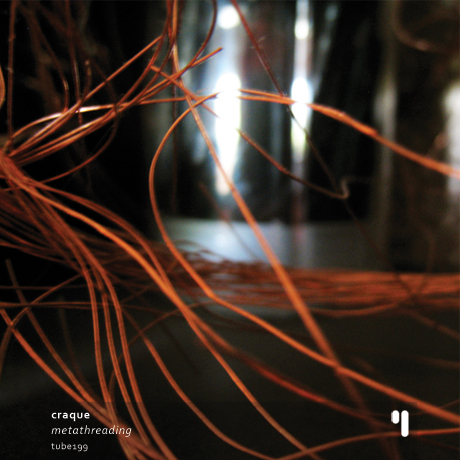 Matt’s (aka Craque) electronic music came to be regarded as a hybrid between edgy improv takes and deep IDM-ish grooves. Both languages come together through Matt’s electronics and form an intricate and complex maze of rhythms, beats and hypnotic grooves.
Matt’s (aka Craque) electronic music came to be regarded as a hybrid between edgy improv takes and deep IDM-ish grooves. Both languages come together through Matt’s electronics and form an intricate and complex maze of rhythms, beats and hypnotic grooves.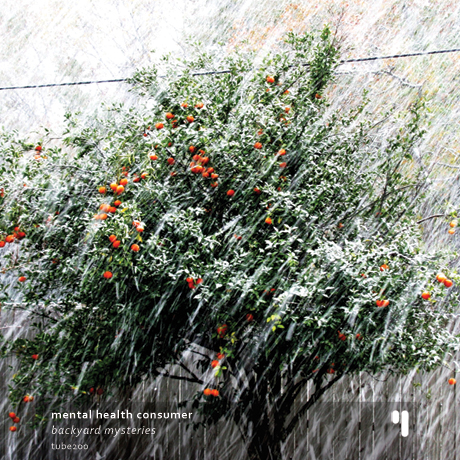 «Brian Ruskin is a Ph.D in Geology (Stratigraphy branch) and at the same time a musician and producer from Pittsburgh, USA. Science and Art very close together. The music he makes as Mental Health Consumer falls right in the middle of the Electronic genre, slightly danceable and upbeat variant, without loosing too much focus but admittedly keen on experimental ambient explorations. With his music, Brian tries to achieve that special balance between the calculated and the emotive side of the mind.
«Brian Ruskin is a Ph.D in Geology (Stratigraphy branch) and at the same time a musician and producer from Pittsburgh, USA. Science and Art very close together. The music he makes as Mental Health Consumer falls right in the middle of the Electronic genre, slightly danceable and upbeat variant, without loosing too much focus but admittedly keen on experimental ambient explorations. With his music, Brian tries to achieve that special balance between the calculated and the emotive side of the mind.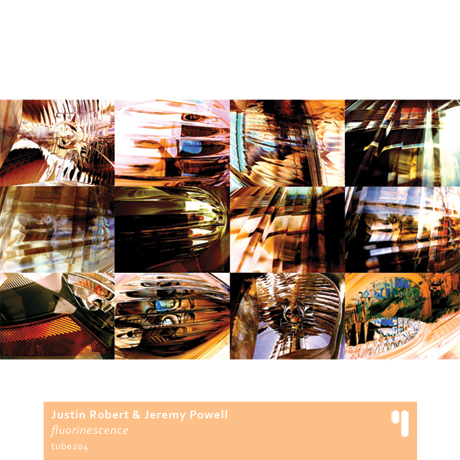 Justin Robert and Jeremy Powell are both enthusiast musicians that play live jazz for a living. Justin is a percussionist and likes to fiddle with analog synths, and Jeremy plays saxophone.
Justin Robert and Jeremy Powell are both enthusiast musicians that play live jazz for a living. Justin is a percussionist and likes to fiddle with analog synths, and Jeremy plays saxophone.